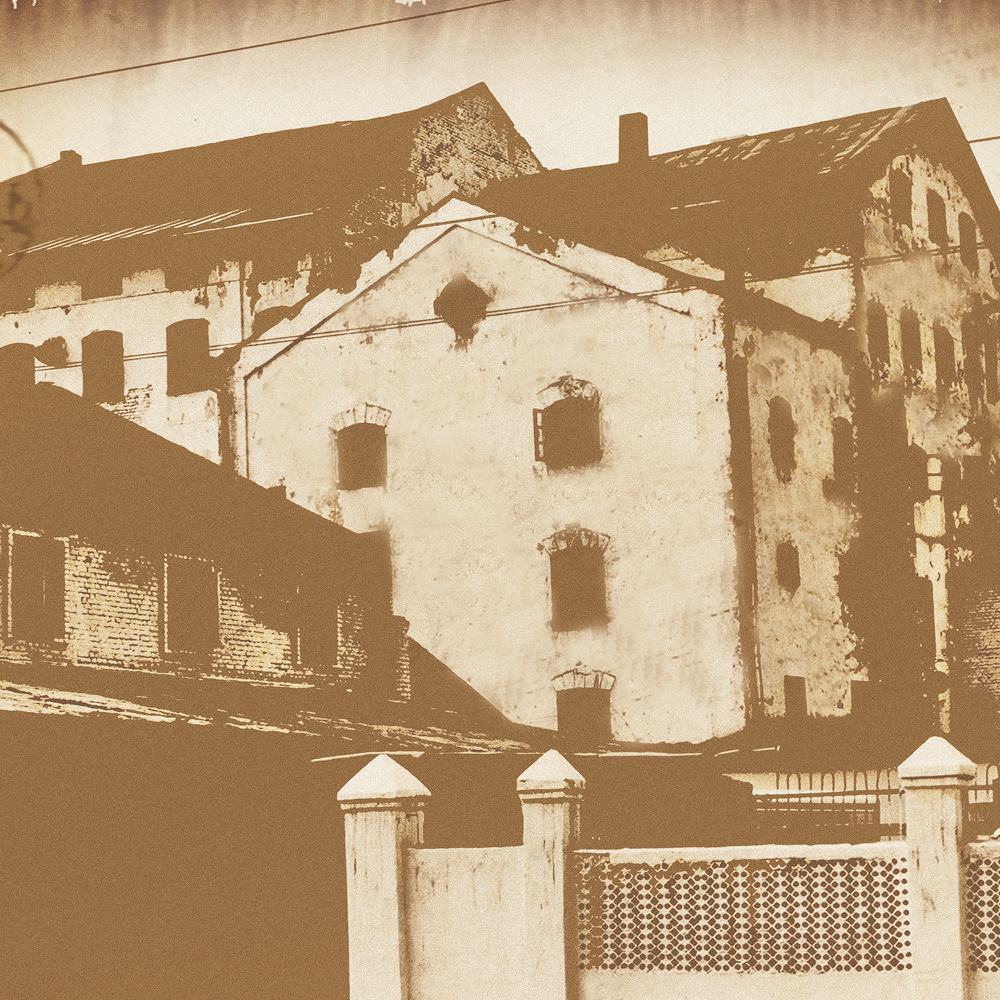October Revolution
The modern history of the plant began with the victory of the October Revolution. After the end of the Civil War, the plant was restored and entered the fifth group Administration for the food industry, which included two more yeast and brewery plants, two mills. Despite the hard times, the plant successfully coped with the tasks and produced 144 mashes per year with 30 poods of yeast, i.e. 69.12 tons of yeast and 134,640 decaliters of alcohol. Year after year the plant expanded, its machine room was updated, new Alfa Laval separators, pumps and equipment appeared. By 1933, 166 people worked at the plant, gross output reached 4091 thousand rubles, fixed assets amounted to 1577 thousand rubles. The plant produced 2600 tons of yeast and 3095 tons of molasses per year






